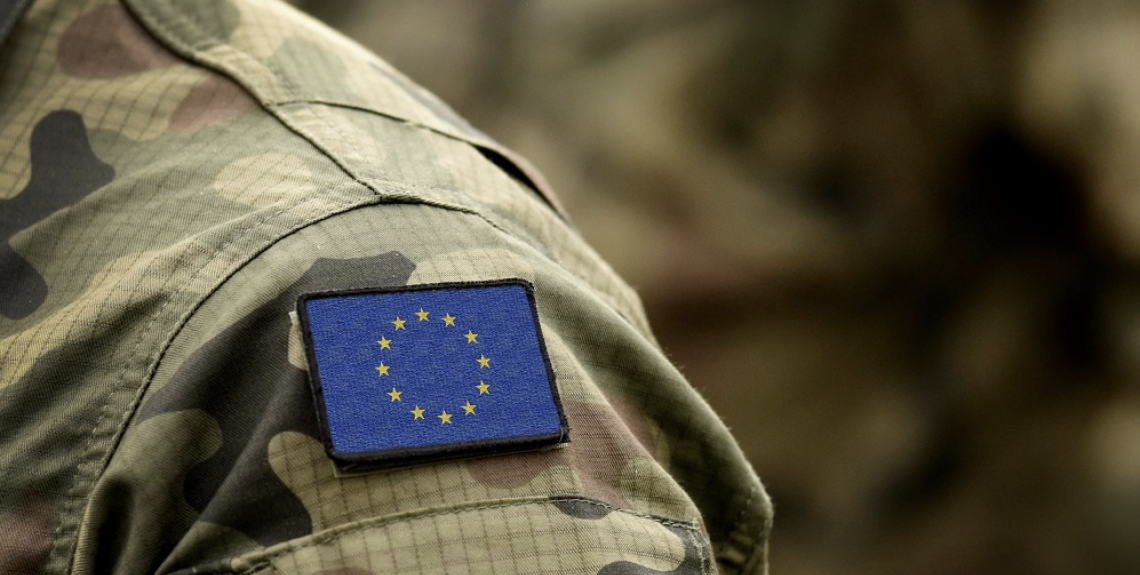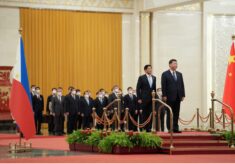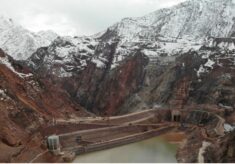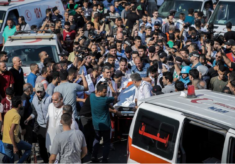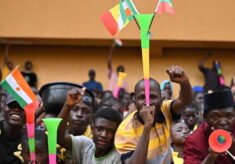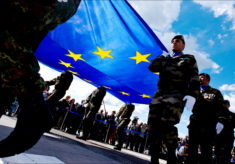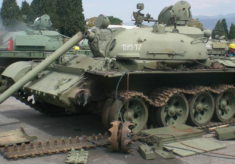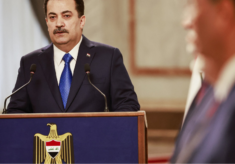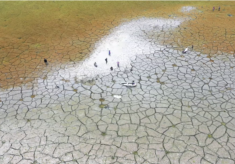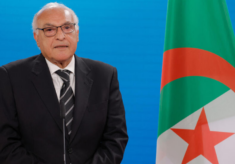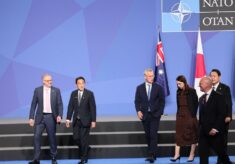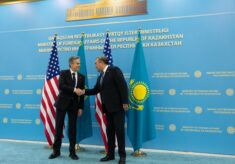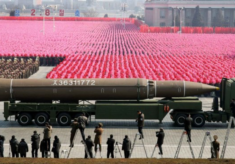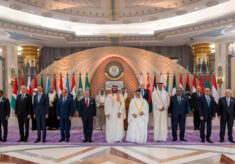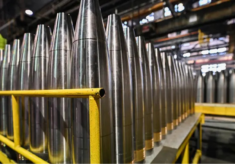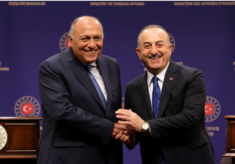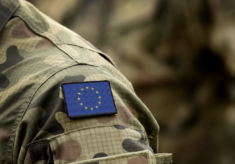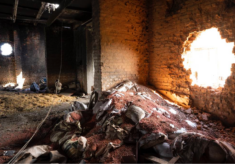NATO and EU in parallel are dealing with the best ways to support Ukraine, replenish stockpiles and invest in production capacity, since the current rate of consumption of defence equipment is higher than available production. Avoiding capacity vulnerabilities, be in the race of logistics and strengthening industry is a common challenge for both organizations. At the same time, several nations produce ammunitions and deliver equipment as pledged in the Ukraine Defence Contact Group.
While NATO decided to set up a new coordination cell to map up vulnerabilities and discuss at Defence ministerial level ways to increase defence industrial capacity and replenish stockpiles, as well as new guidance for NATO defence planning, a timely hearing on the new EU instruments for defence was recently held by the European Parliament’s SEDE subcommittee on security and defence.
In fact, there are upcoming decisions on the refinancing of the off-budget EPF (European Peace Facility) for Ukraine, as well as on the urgent and challenging refilling of MoD’s stockpiles, considering also their effects on EDTIB.
At the hearing, MEPs attendance was rather modest compared to the importance of the topics in the capitals and in NATO, where coordination of efforts is at the top of today NATO agenda. EUISS and Carnegie Europe provided a realistic view of this topic and its implications.
Both introductions highlighted the impulsion given by the force majeure of the war on the European defence policy, a more important factor than usual EU institutional developments in defence.
The Versailles Declaration (10-11th of March) by the EU Council is perceived as a relevant political advance even if not really considered by nations. The assessment was positive, instead, on the fact that these EU documents on defence were not restricted to CSDP missions, that joint procurement was introduced and that the debate focussed on the EU contribution to the European defence.
Relevant political perspectives in the EU dynamics were addressed, such as the general use of consensus in the Council decision-making (instead of majority or unanimity) with regards to financing military equipment or on urgent decisions, and attention was devoted to the proposal to enlarge EDIRPA (European Defence Industry Reinforcement through common Procurement Act) industrial cooperation to Eastern countries.
A detailed overview on current critical issues focussed on the lengthy lead-times in developing and delivering complex equipment, typically in peacetime. This is considered today a major risk today vis-à-vis current urgent requirement. A lot of work should be done by: adapting national export regimes; simplify industrial procedures; rewriting national regulations (even by including exceptional rules for crisis and urgent requirement); and verifying if the US Ukraine Democracy Defense Lend-Lease Act can be replicated in the EU, through the waiver of certain requirements.
The EP addressed the analysis of EU defence instruments, starting with EPF. On the 2nd of February the EU approved the €500Mio seventh military assistance package under EPF for Ukraine, totalling €3,6Bn. EPF has broken a taboo in the EU and is now a core feature for European defence. Audience raised questions just on transparency of the use of equipment delivered under EPF, an issue that was kindly “transferred” to the Council, since EPF is not a communautarian tool.

EDIRPA is the new EU tool where the EP has a say with amendments along the ongoing legislative process. At the hearing some points were highlighted such as the participation of third countries, the proposal to double or triple the budget, and most importantly the differences in scope and financial capacity with the EDIP (European Defence Industry Plan), that is under preliminary drafting by DEFIS (Directorate-General for Defence Industry and Space in the EC).
Considered by EU as a test for Nations, EDIRPA is an industrial tool aimed at incentivising common procurement, while EDIP relates to the promotion of cooperation among Member States of equipment based on common priority planning and needs.
As mentioned above, the inclusion in EDIRPA of two Eastern countries Ukraine and Moldovia (or Georgia, once it will receive official EU candidate status, possibly after the mid-October review) for industrial cooperative endeavours or as recipients of military equipment, shows the geopolitical nature of that instrument. In fact, it foreshadows a new political dimension (Enlargement and Internal Market) through an extended cooperative, industrial and security framework. This shows that a further step in European defence can be envisaged by shaping and making use of the new EU instruments going beyond the urgent current needs: refurbishment of equipment and stocks replenishment.
Fabrizio Braghini
Fabrizio Braghini is a European and defence policies analyst. He has worked for decades in Finmeccanica, now Leonardo SpA, the prime Italian defence industrial conglomerate.

